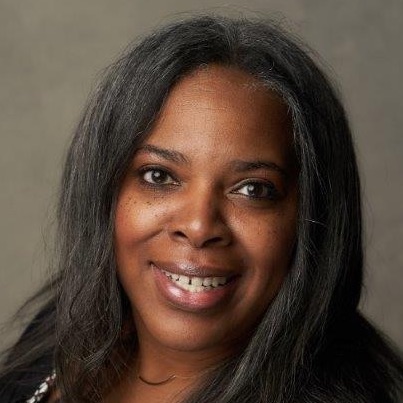2 minutes
A shorter process can still preserve key elements of this important board record.
Finalizing the minutes for the CUES board used to take up to six hours per meeting. But when I learned some new strategies, I was able to cut that time in half while still preserving the key elements the minutes need to include.
When I first started taking board minute for CUES, I didn’t have a recorder. So I took minutes by sitting in the meeting with my agenda right next to me, writing down a mixture of shorthand and longhand, trying to capture the bulk of the meeting conversation and stay on point with the presentation. Some key problems with this approach were that sometimes it was hard to read sections of my notes afterward and I had to start on minutes right after the meeting so I wouldn’t forget what was said.
I was in the habit of typing the minutes almost verbatim. During a 2018 CUES Board Liaison Workshop session, we discussed minutes and the importance of catching the highlights of the conversation, not the words each person says verbatim.
Now, I record the minutes and take notes. I handwrite important decisions and discussions, so when I go back to the recording it is easier to transcribe. With virtual meetings, I record the Zoom session and use the playback of the audio and chat. If the meeting is face-to-face, I use a mini recorder. The mini recorder is helpful, but the Zoom chat is better.
When recording a board meeting, I always start by letting the attendees know that I’m doing so for minute taking purposes. After the minutes have been approved, the recording is destroyed.
The biggest part of this meeting minutes makeover is that now I’m not typing out each person’s dialogue but summarizing the conversation and making note of all board actions—who made what motion, who abstained and the like.
During the CUES Board Liaison Workshop, I networked with other board liaisons and listened to how they took minutes. Recognizing the opportunity for a better process was such an “aha” moment. I came back from the workshop and immediately put my learning to the test. Each board may be different in what they expect to see in their minutes. But in this case, I got great feedback from my CEO, board chair and board secretary.
Ruth Shirley is executive administrator at CUES.






